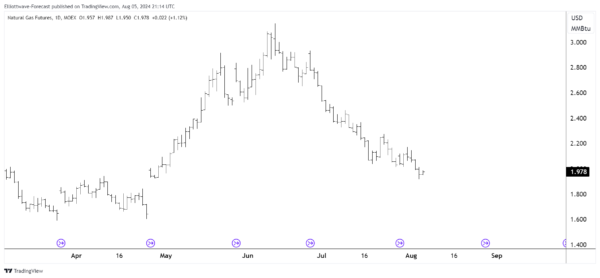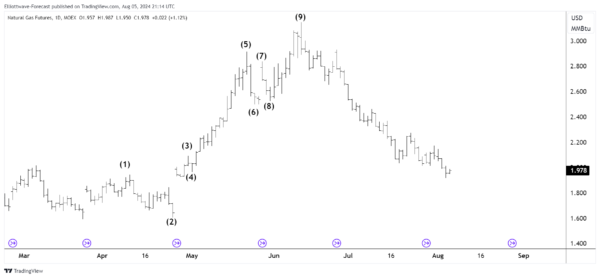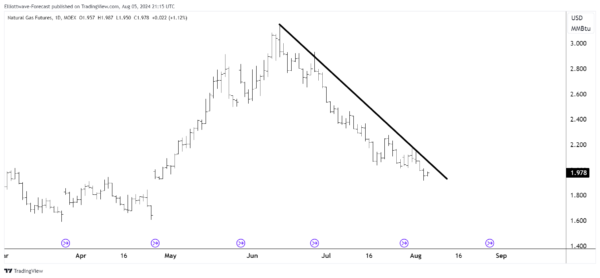Copper has been a hot commodity, literally. If we look at Copper’s price action history on the daily chart, there is a giant spike from the 3.60 to 5.25 area in just a few months. After that, Copper has crashed back down to just 4.10 today shown here. What forecasting techniques could we have used to predict this rise and fall of copper?
Could any trader have predicted the rise and fall of copper in just 5 short months? Let’s review some signs the top of the market gave us at the peak and trough to help us see how the pattern emerges.
Counting Waves
To start off with the initial breakout in March 2024 made new highs with strength. This is a tell-tale sign of an impulse wave getting underway, new highs out of the previous sideways zone. From the bottom here we can actually count a total of 9-waves up as pictured h
This is a tell-tale sign of an impulse wave, because they always subdivide into 5-9-13 waves, and then keep adding 4 from there. This wave moving up clearly as a 9-wave structure definitely could have aided in catching the top.
Trend Lines
The next thing that helps find the top of copper is this trend line pictured here:
Trend lines when combined with Elliott Wave, and correlations can be very effective. In this situation the best-fitting trend line is drawn from the pivots of 27 March 2024, and 29 May 2024. Price closing below this line helped to identify a downturn in copper. Trend lines are rough estimates though and are best combined with other techniques to identify tops and bottoms.
Utilizing a set of tools to predict markets can drastically improve your cohesion and profits when interacting with it. These 2 tools, trend lines, and wave counting are really good to use in the market. They are also simple to use. Next time you’re wondering when a trend will reverse, try these two tools out and make better informed decisions.















